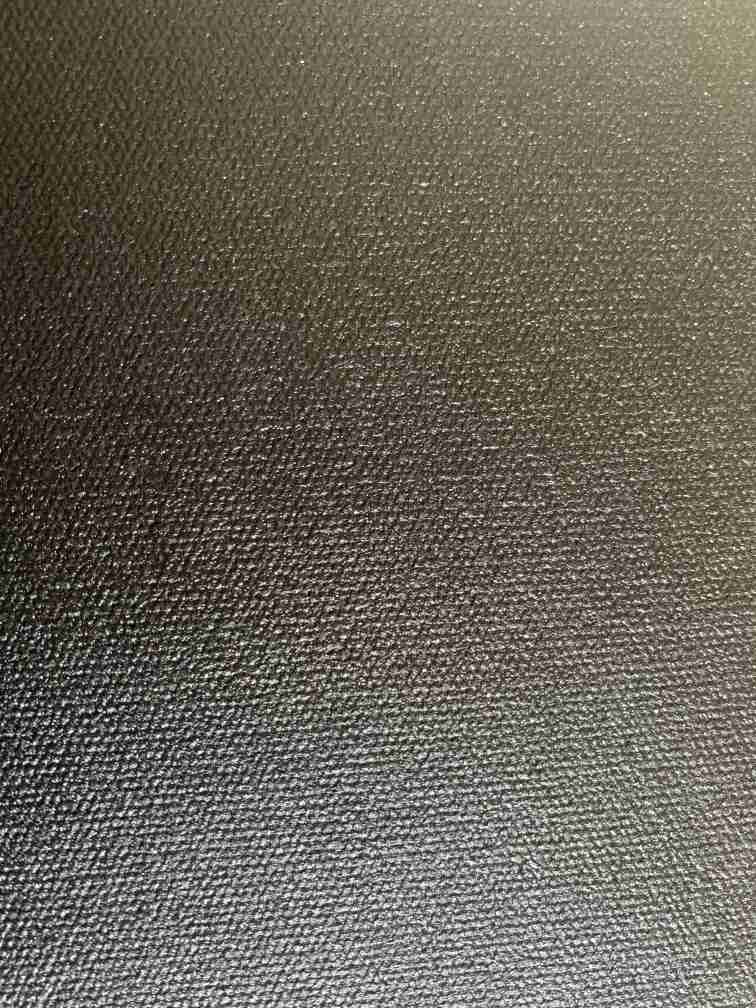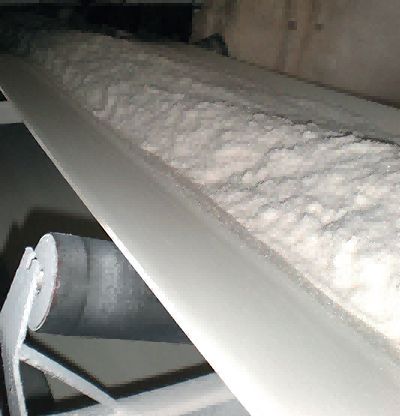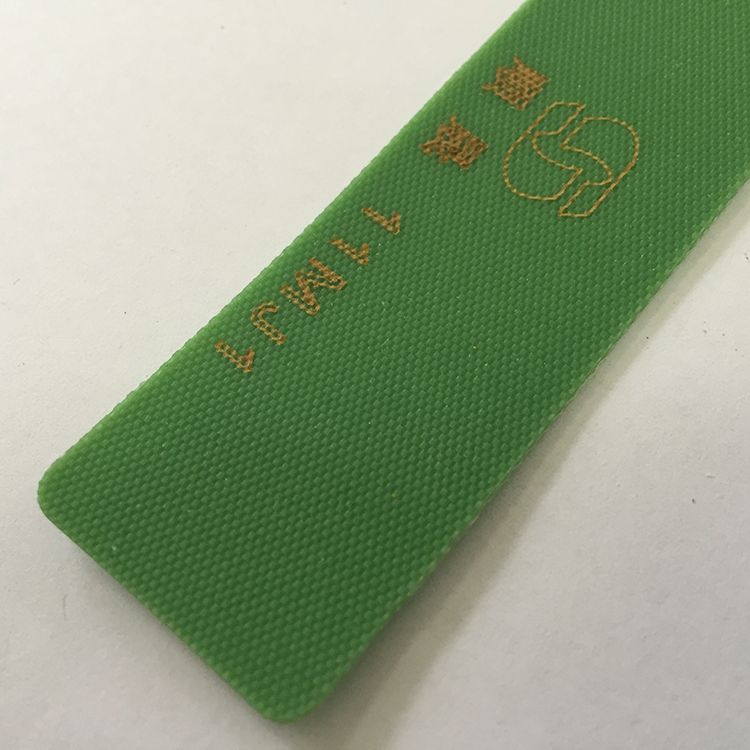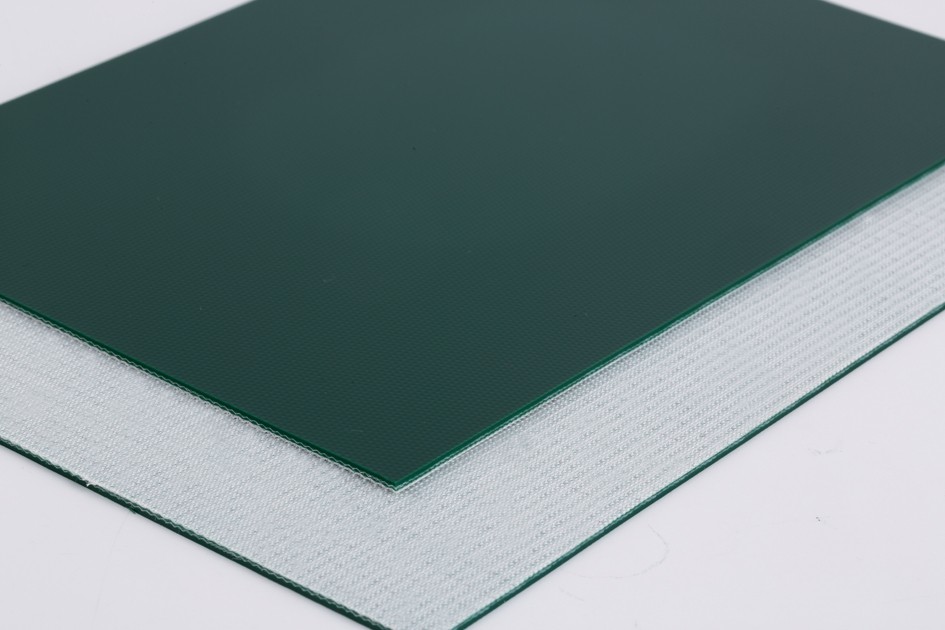Introduction
Conveyor belts play a crucial role in various industries, facilitating the seamless movement of materials across production lines. Among the plethora of materials used in manufacturing conveyor belts, cotton stands out for its remarkable durability. In this comprehensive analysis, we delve into the key features that make cotton belts durable compared to other materials, shedding light on their composition, strength, resistance to wear and tear, environmental adaptability, maintenance requirements, and industry applications.

Material Composition of Cotton Belts
Durable cotton belts, emblematic of reliability and versatility in material handling systems, derive their strength from the natural composition of cotton fibers. Unlike synthetic materials commonly used in conveyor belts, which are artificially engineered, cotton fibers originate from the cotton plant, making them inherently sustainable and eco-friendly. These fibers are meticulously harvested, processed, and spun into yarns before being woven or felted into the fabric that forms the core of cotton belts.
The unique structure of cotton fibers contributes significantly to the durability and resilience of cotton belts. Each fiber consists of cellulose molecules arranged in a helical pattern, imparting strength and flexibility to the overall material. This inherent elasticity allows durable cotton belts to stretch and adapt to the dynamic demands of industrial operations without compromising their structural integrity. Moreover, the natural hydrophilic properties of cotton fibers enable them to absorb moisture, providing a self-regulating mechanism that helps maintain optimal operating conditions for the belt.
Furthermore, cotton fibers possess exceptional breathability, allowing air to circulate freely through the fabric. This feature is particularly advantageous in applications where heat dissipation is critical, as it helps prevent the buildup of heat and moisture that can compromise belt performance. Additionally, cotton fibers exhibit excellent dyeability, allowing for vibrant colors and patterns to be incorporated into the design of cotton belts, enhancing their aesthetic appeal while maintaining functionality.
In contrast to synthetic materials, which may exhibit uniformity in their composition and properties, cotton fibers exhibit natural variations that contribute to the uniqueness of each cotton belt. These variations, influenced by factors such as soil composition, climate, and cultivation practices, imbue cotton belts with a distinct character and texture that reflects their organic origins.
Strength and Flexibility
One of the hallmark features of durable cotton belts lies in their exceptional strength and flexibility, attributes that stem directly from the unique structure of cotton fibers. Cotton fibers, composed primarily of cellulose molecules arranged in a helical pattern, possess inherent elasticity and resilience. This inherent flexibility allows cotton belts to withstand the rigors of industrial operations, including high-speed conveying and heavy-load handling, without succumbing to deformation or breakage.
Cotton fibers exhibit remarkable tensile strength, meaning they can withstand significant pulling forces without tearing or breaking. This tensile strength is crucial in conveyor belt applications, where belts are subjected to constant tension during operation. The ability of cotton fibers to distribute stress evenly across the fabric ensures that durable cotton belts maintain their structural integrity even under high levels of tension, reducing the risk of premature failure and downtime.
Furthermore, the natural elasticity of cotton fibers enables cotton belts to adapt to the dynamic movements and contours of conveyor systems. Whether navigating sharp turns, inclines, or declines, durable cotton belts flex and bend with ease, ensuring smooth and efficient material transfer throughout the production process. This flexibility minimizes the risk of belt slippage or misalignment, optimizing the performance and reliability of the conveyor system.
In contrast to synthetic materials, which may exhibit stiffness or brittleness under stress, cotton belts remain supple and pliable, providing a consistent and reliable conveying surface. This flexibility enhances the versatility of cotton belts, allowing them to be used in a wide range of applications and environments, from textile manufacturing to food processing.
Moreover, the natural composition of cotton fibers contributes to their resilience against fatigue and wear. Unlike synthetic materials that may degrade over time due to repeated bending and flexing, cotton fibers retain their strength and integrity, ensuring the longevity of durable cotton belts in demanding industrial settings.
Resistance to Wear and Tear
Cotton belts are renowned for their resistance to wear and tear, thanks to the durable nature of cotton fibers. These fibers exhibit remarkable abrasion resistance, maintaining their integrity even in environments characterized by friction and mechanical stress. Unlike synthetic materials, which may degrade over time due to wear, durable cotton belts retain their strength and durability, prolonging their lifespan and reducing maintenance costs. This resilience makes cotton belts a preferred choice for industries where reliability and longevity are paramount.
Environmental Factors
Durable cotton belts demonstrate impressive adaptability to various environmental conditions, making them suitable for diverse applications. Cotton fibers possess inherent moisture-wicking properties, allowing cotton belts to remain dry and functional even in humid environments. Additionally, cotton exhibits resistance to heat and chemicals, ensuring the integrity of the belt in harsh industrial settings. Unlike some synthetic materials, which may deteriorate when exposed to moisture or chemicals, durable cotton belts maintain their performance and durability, making them a versatile solution for demanding applications.
Maintenance and Longevity
Proper maintenance practices are essential for maximizing the longevity and performance of cotton belts in industrial applications. By adhering to a regular maintenance regimen, businesses can ensure that their cotton belts continue to operate efficiently, minimizing downtime and extending the lifespan of the conveyor system.
Routine inspections play a critical role in identifying potential issues and addressing them before they escalate into major problems. During these inspections, operators should examine the condition of the cotton belt, checking for signs of wear, damage, or misalignment. Any abnormalities should be promptly addressed to prevent further deterioration and ensure optimal performance.
In addition to inspections, cleaning is a key aspect of cotton belt maintenance. Over time, dust, debris, and other contaminants can accumulate on the surface of the belt, affecting its traction and performance. Regular cleaning helps remove these particles, restoring the belt’s effectiveness and preventing premature wear. Depending on the application and level of contamination, cleaning may involve simple brushing or more thorough methods such as vacuuming or washing with mild detergent solutions.
Lubrication is another critical maintenance task that helps reduce friction and prolong the lifespan of durable cotton belts. Applying a suitable lubricant to the pulleys and rollers of the conveyor system helps reduce wear and tear on the belt, ensuring smooth operation and preventing unnecessary strain on the motor and other components. It is important to use lubricants that are compatible with cotton materials to avoid damage or degradation.
In addition to these routine maintenance tasks, it is essential to address any repairs or replacements promptly to prevent minor issues from escalating into major problems. Damaged or worn-out components should be replaced promptly to avoid compromising the integrity of the conveyor system and ensure the safety of personnel and equipment.
Industry Applications
Cotton belts find widespread use across various industries, thanks to their durability and versatility. In industries such as agriculture, textile manufacturing, and food processing, where gentle handling of materials is crucial, cotton belts excel. Their soft surface minimizes the risk of product damage, making them ideal for conveying delicate items such as fruits, vegetables, and textiles. Additionally, cotton belts are preferred in industries where hygiene is paramount, such as pharmaceuticals and cosmetics, due to their natural resistance to bacteria and mold growth. The durability of cotton belts ensures uninterrupted production processes, contributing to enhanced efficiency and productivity in diverse industrial settings.
Conclusion
In conclusion, the durability of cotton belts stems from a combination of factors, including their natural composition, strength, resistance to wear and tear, environmental adaptability, and ease of maintenance. Compared to other materials, durable cotton belts offer a unique blend of strength, flexibility, and reliability, making them a preferred choice for a wide range of industrial applications. By understanding the key features that make cotton belts durable, businesses can make informed decisions when selecting conveyor belt solutions, ensuring optimal performance and longevity in their operations.





